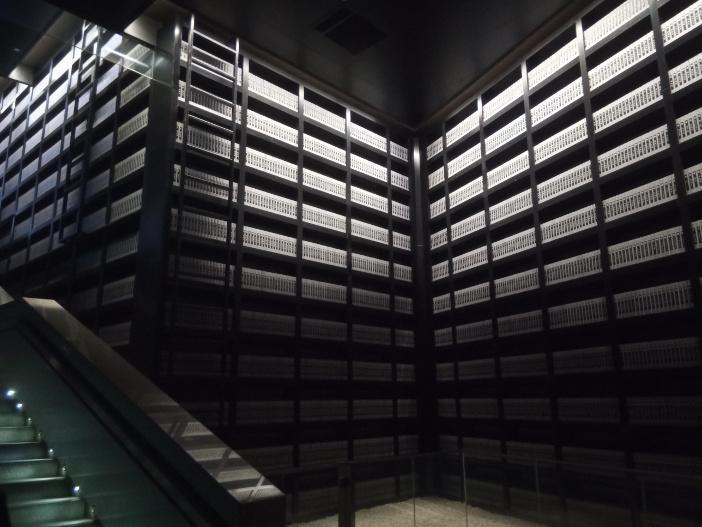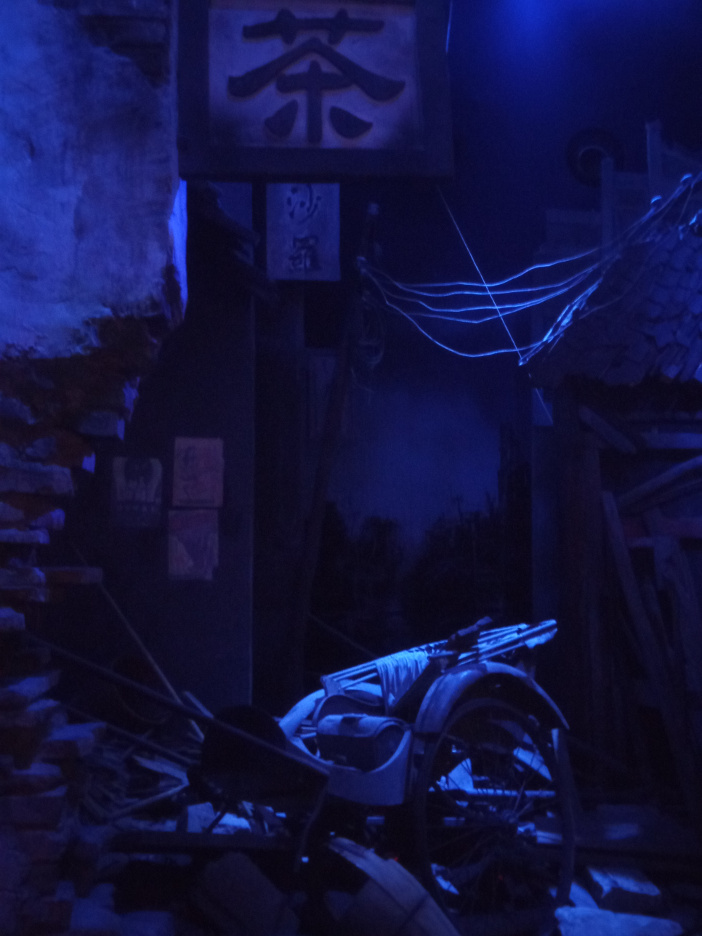As we prepare for leaving China next summer, my family and I have been trying to tick off the remaining sights that we want to see before we go. It was in that spirit that we headed off for a couple of days in Nanjing, and we were pleasantly surprised. The city which was China’s capital in the early years of the Ming Dynasty and under the Nationalist government before the Japanese invasion has much of its historic city wall still standing, and its tree-lined streets are lined with many attractive older buildings.
However despite its long history, Nanjing is perhaps most famous – or rather notorious – for a horrific period during the invasion, known as the Nanjing Massacre. I’ve written before about our decision not to take our children to the Killing Fields Museum when we visited Cambodia, but on this occasion we took the view that paying our respects at the Memorial Hall was essential.
The Hall stands just outside exit 2 of Yunjinlu station on line 2 of Nanjing’s metro system. Entrance is free, but you’ll need to go through a stringent security check. It’s a large, open area dotted with statues and memorials, with the main exhibition underground. As you head downwards you pass rows of books, like a library: these contain the names of all the known victims of the massacre.

Rows of books contain the names of victims of the Nanjing massacre
The Japanese army marched into Nanjing, then the capital of China, in December 1937. A planned retreat by the Nationalist army fell apart in the chaos, so most of the Chinese soldiers went into hiding in the city. The Japanese began searching house to house for them. They were not careful in distinguishing soldiers from civilians, and were not taking prisoners – anyone they suspected was simply marched to the river and shot, or beheaded. Over the next six weeks, the relentless bloodshed seems to have induced a sort of collective insanity in the Japanese occupiers. All military discipline, and any pretense at a rationale for their behavior, collapsed, and they embarked on a frenzy of murder, looting, arson, and abuse.

Exhibits recreate the bombed and burning city
It’s a distressing story, and my younger child had to go outside before we had finished looking around the hall. Parents should also be aware that the systematic sexual abuse of Chinese women and girls was one of the more horrifying aspects of an incident once known in the West as “the Rape of Nanking”, and the exhibition does not gloss over this. However it’s important that such atrocities are remembered. As with the Holocaust, the extent of the Massacre, and even whether it took place at all, has been questioned by Japanese nationalists, despite the plethora of detailed eyewitness accounts, not only from the victims, but from foreign Nanjing residents who reported on and tried to prevent the brutality at the time, and even from the Japanese soldiers themselves. The Memorial Hall not only commemorates the victims but also attests to what took place.
It’s done with dignity and restraint, avoiding flag-waving and demonization of the Japanese. Particularly moving is the room dedicated to pictures of the survivors. Those still alive when the Hall was opened were photographed for the occasion, with the lights behind their pictures being turned off when they pass away. Already half the photographs have gone dark. Those with more sensitive children will want to be aware that the Hall was built on the site of one of the larger mass graves, and many of the skeletons still lie where they were found.

The hall includes mass graves which have been excavated to reveal human remains
We left the exhibition quiet and thoughtful, and it’s certainly not for younger children. However it does older children no harm to understand the terrible things that human beings are capable of when they are persuaded to consider others less than human, and helps them to appreciate the time of peace and plenty in which (for the most part) we live. In my next post I’ll show the other side of Nanjing, with a visit to the tranquillity of Purple Mountain.
Photos: Kevin Dooley via Wikimedia Commons, Andrew Killeen, Ken Marshall via Wikimedia Commons




